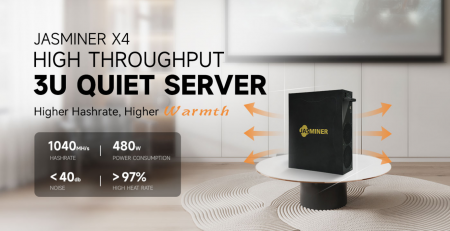Investment Strategist Lyn Alden’s Insight: Inflation Drivers of the 2020s vs the 1970s
In a Twitter thread posted earlier today, respected equity research analyst and investment strategist Lyn Alden shared her insights into the key drivers of inflation in different eras. She highlighted that the two biggest sources of broad money creation are bank lending and fiscal deficits. However, the dominant source varies across different periods.
According to Alden, in the 1970s inflation saga, bank lending was the dominant source. This was a period when loan creation was a bigger source of money creation than deficits, and this drove inflation. Higher interest rates were a positive factor for suppressing inflation during this period. They worked in ways that many don’t realize, such as suppressing oil demand from Latin America by causing a depression.
Contrastingly, Alden says, in the 1910s, 1940s, and 2020s inflation sagas, fiscal deficits were the dominant source.
Currently, she points out, fiscal deficits are a bigger source of money creation than loans. She believes that this shift in the dominant source of money creation has implications for the effectiveness of policy tools. Interest rates, which are mainly useful for affecting lending growth, are less effective as an inflation-fighting tool in the 2020s than in the 1970s. Beyond a certain point, they can actually become pro-inflationary.
Alden notes that in the current cycle, suppressing lending can indirectly and cyclically reduce inflation, but it doesn’t target the actual core causes of inflation. The core structural drivers of inflation currently are fiscal deficits and supply constraints.
She concludes her thread by saying that reducing the fiscal deficit or increasing supply (i.e., energy abundance and AI/automation) are what directly tackle inflation and everything else just suppresses it for a time.
Featured Image Credit: Photo by Alexander Grey on Unsplash












Leave a Reply